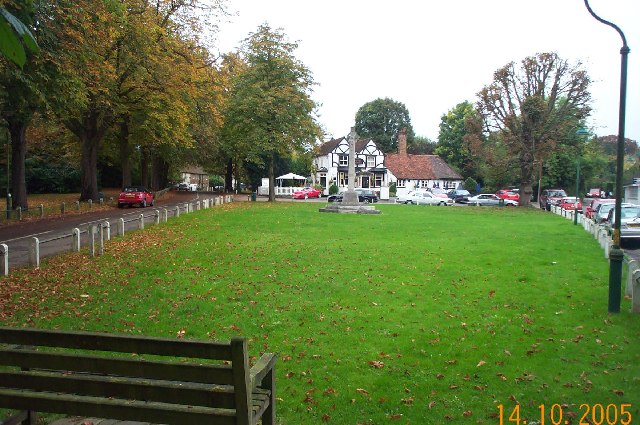A story about a curse on a family involving a giant man-killing hound seems a perfect subject for a Halloween special. The story is by Arthur Conan Doyle featuring the detective Sherlock Holmes. The family in question are the Baskervilles, and the curse dates from the days of the English Civil War, when Sir Hugo Baskerville kidnapped a farmer’s daughter. Sir Hugo is killed by a spectral hound, a fate which befalls a number of subsequent Baskervilles.
The story has been turned into film a number of times over the years, firstly in 1939, which was mostly studio-based, then in 1959, in a film starring horror stalwarts Christopher Lee and Peter Cushing, with filming taking place in Surrey, at Frensham Ponds and Chobham Common. More recently, a TV movie in 1988 starring Jeremy Brett as Holmes, was filmed in a number of locations in the Midlands and North (although the original story was based in Dartmoor).
In the 1988 film, The Heath House in Tean, Staffordshire doubled as Baskerville Hall, while Mobberley Old Hall near Knutsford, Cheshire, provided some of the interior shots. Croxteth Hall on Merseyside leant one of its rooms to be used as a hotel room. The hotel in the film was called The Northumberland Hotel. The railway scenes were filmed at Pickering railway station, one of the terminii of the North Yorkshire Moors Railway. Just outside Harrogate lie Brimham Rocks. This is the area used as the moors around Baskerville Hall, where Watson shoots the hound.

The Heath House-geograph-4049368. Photo by Dennis Thorley, via Wikimedia Commons.
The Heath House is a Gothic Revival building, which in 2021 was featured in Country Life magazine, being up for sale for 6 and a quarter million pounds. The estate was described as a ‘farm’, but the magazine commented that it was more Downton Abbey than dirty wellies. Tean lies just off the A50, to the south-east of Cheadle. Mobberley Old Hall dates from the 17th century, and lies in the village of Mobberley in Cheshire, a short distance from Knutsford. Croxteth Hall is just outside Liverpool and offers a function room and parkland open to visitors. It was formerly the ancestral home of the Molyneux family, the Earls of Sefton. Pickering railway station is the terminus of the North Yorkshire Moors Railway, a magnificent line which wends its way down to the coast at Whitby. Brimham Rocks, run by the National Trust, is a beauty spot to the north-west of Harrogate and south-west of Ripon featuring dramatic rock formations.
 |
| Brimham Rocks turtle and eagle. Photo by Geertivp, via Wikimedia Commons. |
The Hound of the Baskervilles is currently available to view on ITVX.







